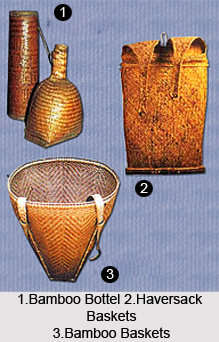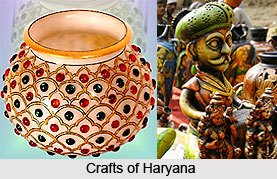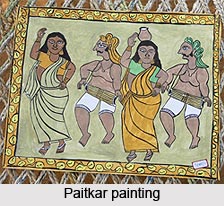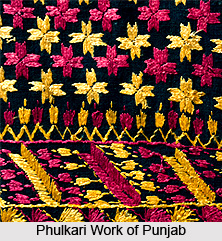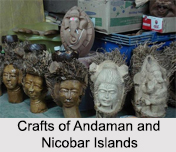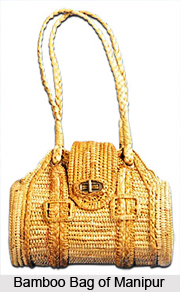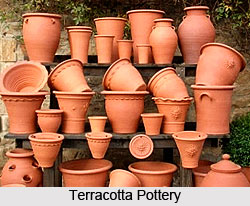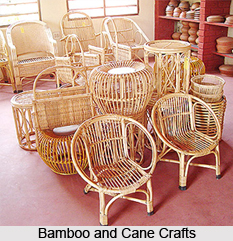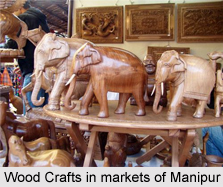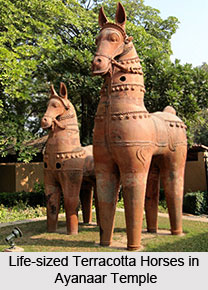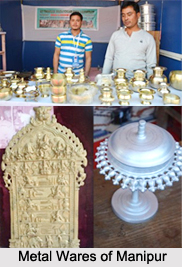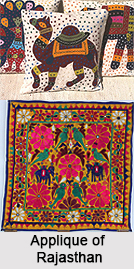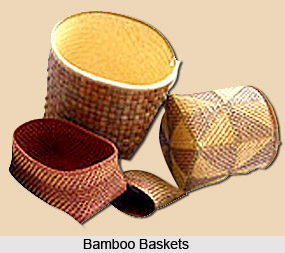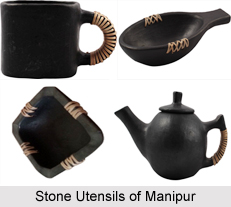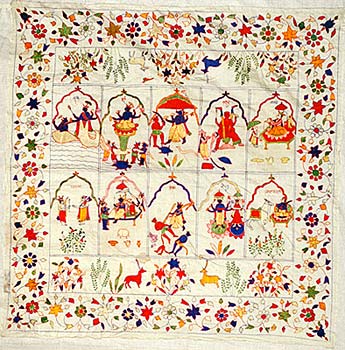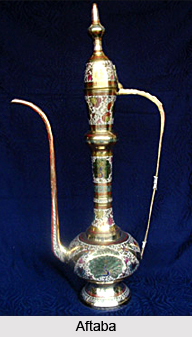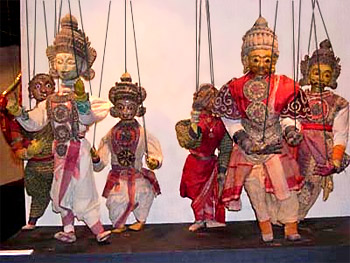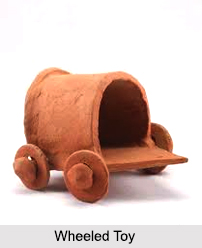 Wheeled dolls of terracotta were first discovered at Chandraketugarh in the Berhachampa area of North 24 Parganas District of West Bengal. Depending on the creative style and features of these dolls, Kushan period might be considered as the invention period of this type of doll. The wheeled doll shows a male figure sitting in a small temple, which is mounted on the back of a tiger. Not only in Chandraketugarh, wheeled dolls have been found in Tamluk of Medinipur District and Harinarayanpur of North 24 Parganas District as well. The dolls served the purpose of wheeled toys for the children. Mainly these dolls are sold in village fairs.
Wheeled dolls of terracotta were first discovered at Chandraketugarh in the Berhachampa area of North 24 Parganas District of West Bengal. Depending on the creative style and features of these dolls, Kushan period might be considered as the invention period of this type of doll. The wheeled doll shows a male figure sitting in a small temple, which is mounted on the back of a tiger. Not only in Chandraketugarh, wheeled dolls have been found in Tamluk of Medinipur District and Harinarayanpur of North 24 Parganas District as well. The dolls served the purpose of wheeled toys for the children. Mainly these dolls are sold in village fairs.
Wheeled Dolls of Different Regions
Wheeled dolls are also produced in Howrah district at the village of Patihal, where the artisans of these dolls make toys of elephants on wheels, dolls attached to riders on horseback and wheeled boats with boatmen. They also apply a coat of lime-chalk to draw red and green coloured strokes on them to make the dolls attractive for the kids.
In Tantiberhe Ghughubeshe villages of Howrah district and Raghunathbarhi and Magurha villages of Medinipur district, the artisans produce wheeled dolls of riders on the horseback and wheeled boats. They also apply red paint with the mixture of powdered mica on them to add some brightness to the dolls; the red paint is actually the juice of tamarind seeds. The artisans of Bantul village of Howrah district have been producing wheeled dolls of a rider in horseback since ages.
During the festival of "Mahesher Rath", artists of Hooghly district used to sell the terracotta chariots with wheels in the fairs. Artisans of Chapnagari village of the same district produce wheeled boats and wheeled horse riders to sell them in the "Rather Mela" of Jhikhira village of Howrah district during "Rath Yatra" festival. Similar dolls are sold in the fairs of Maldaha district during "Bijaya Dashami", which are produced by the artisans of Kaliachak of the same district. Other places of West Bengal, where the wheeled dolls are produced, are Raiganj village in North Dinajpur district, Joynagar-Majilpur and Acchhipur village in Budge Budge of South 24 Parganas district, Berhachampa in North 24 Parganas district etc.
Several wheeled dolls and toys, unearthed during archeological excavations, are exhibited in the Ashutosh Museum in Kolkata. In modern days, style, shapes and themes of wheeled dolls have been metamorphosed with the time; the themes now include bullock carts, motorcycle riders etc.
